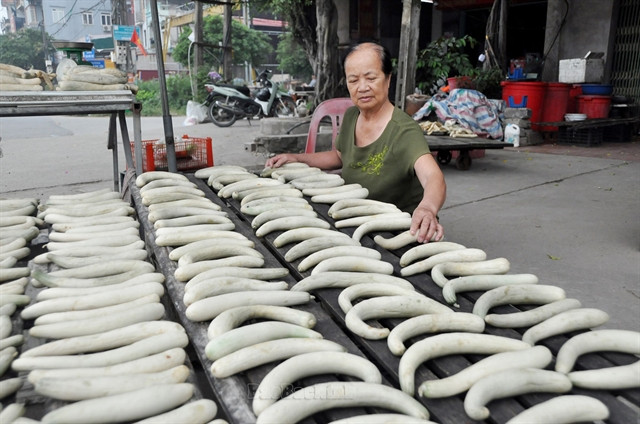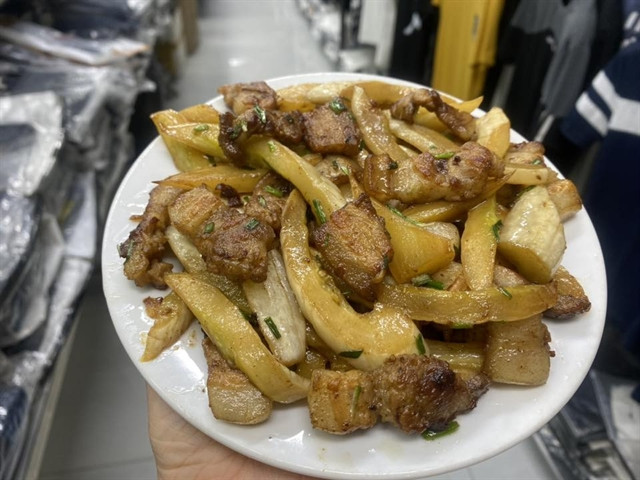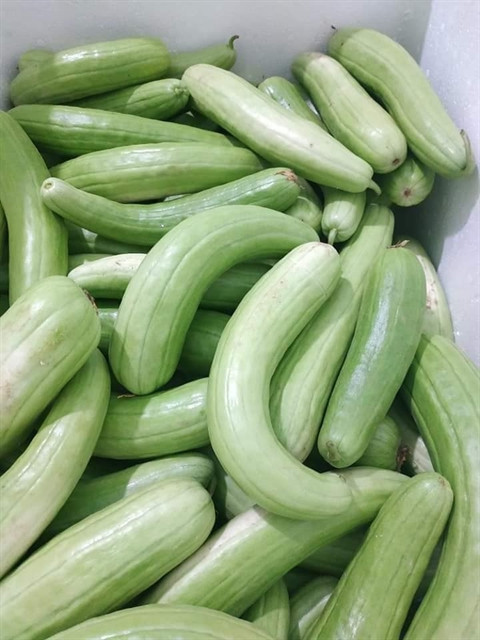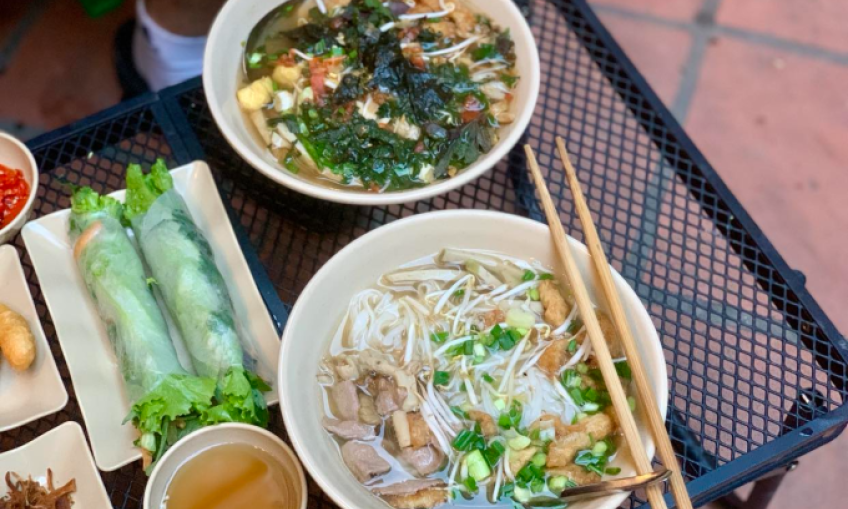Bắc Ninh’s long pickling melon impresses HCM City visitors
The specialty from Võ Quế District is considered to be especially beloved, as it is popular among both locals and diners from other parts of Việt Nam.
Nguyễn Thị Mai and her friends from HCM City recently took a tour to Bắc Ninh. They were very impressed by the long oriental pickling melon, locally known as dưa gang muối, a specialty of Bắc Ninh Province.
Mai said she was already very familiar with Bắc Ninh, which has long been famous both within and outside Việt Nam for its husband-and-wife cake (bánh phu thê) and Diềm’s cudweed cake (bánh khúc). Now, the mass production of long oriental pickling melons, dried under the sunlight throughout Võ Quế District in Bắc Ninh — said to be the birthplace of dưa gang muối — has also become well known.
The specialty from Võ Quế District is considered to be especially beloved, as it is popular among both locals and diners from other parts of Việt Nam, according to local resident Phạm Ngọc Hà.

Hà said the process of pickling the melon is very important. First, she usually selects high-quality long pickling melons, soaks them in natural salted water for two days, and then dries them under sunlight for one day.
This process should be repeated once more, as described above, before storing the melons in a cool place for a further seven days. The perfect pickled melon is ivory white in colour, with a salty and mildly sour flavour. It has a distinctive fragrance and a crisp texture.
Hà said that dishes made from dưa gang muối include pickled melon braised with pork belly, pickled melon fried with garlic and pickled melon salad, among others.
The ingredients for preparing pickled melon braised with pork belly are as follows: 100g pork belly, three pickled melons, one purple onion, four fresh chillies, one tablespoon of quality fish sauce, ¼ teaspoon of chilli powder, cooking oil, one teaspoon of pepper and ½ teaspoon of salt, Hà told Việt Nam News.

She said the cook should choose fresh, good-quality pork belly, soak it in mildly salted water for 10–15 minutes, then rinse it again and drain it. Slice it thinly, then marinate it with minced onion, fish sauce, pepper and salt. Mix well and leave it to rest for 15–20 minutes.
The pickled melon should also be rinsed to reduce its saltiness and then sliced thinly, she added.
How to cook it:
First, fry the minced onion in cooking oil over a medium heat. Then add the marinated pork belly to the pan, stirring until the meat firms up and releases a fragrant aroma.
Next, add the sliced pickled melon and stir to combine with the pork. Pour in half a cup of water. After 10 minutes, add the fresh chillies, spices and chilli powder. Continue to cook over a low heat for another 20 minutes, until the pork becomes tender, the pickled melon has absorbed the flavour and developed a nutty, rich taste, and the braising liquid has thickened.

The completed dish is rich in flavour, with tender pork belly and crispy, sweet-and-salty pickled melon, said Hà, adding that it is best enjoyed with hot rice.
Locals have never eaten the melon fresh; instead, they ferment and press it or dry it to store for year-round consumption, Hà explained.
Mai said she and her friends were particularly impressed by the pickled melon salad for its fragrance and crispiness, and the braised pickled melon with pork belly for its uniquely delicious taste, something they had never tried before.
“We each bought several kilos to bring back home to HCM City. My mother will be very pleased,” Mai said.

Quế Võ pickled melon was granted a certificate of intellectual property protection in 2011.
Bắc Ninh Province has developed a programme to promote, manage and expand the recognition of Quế Võ pickled melon both domestically and internationally.





